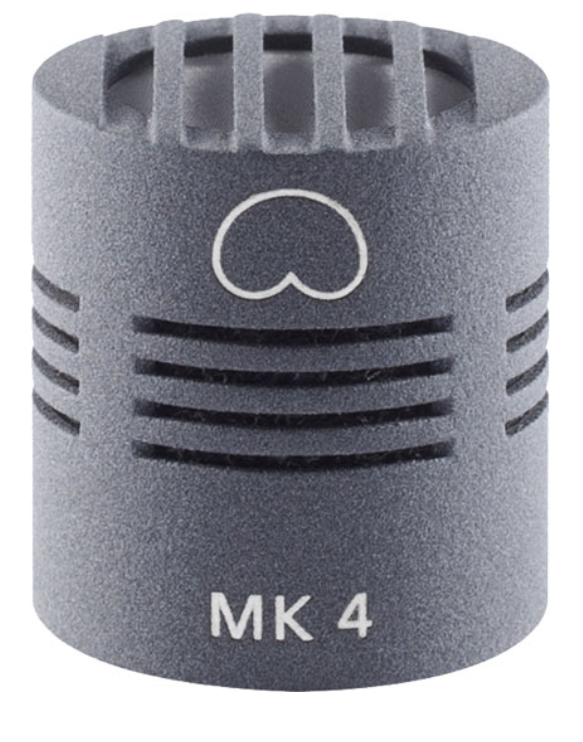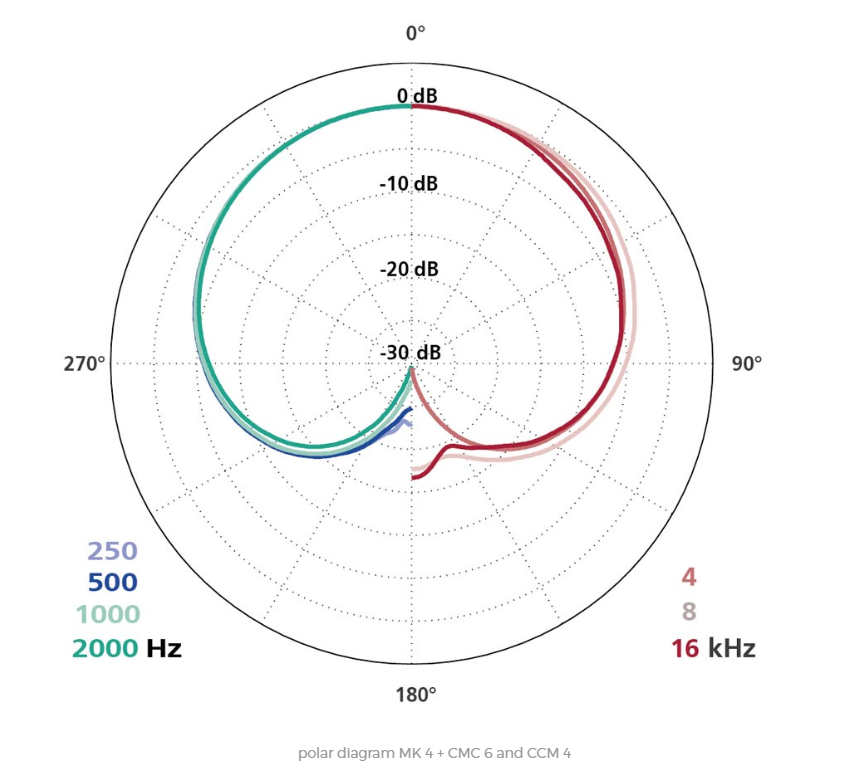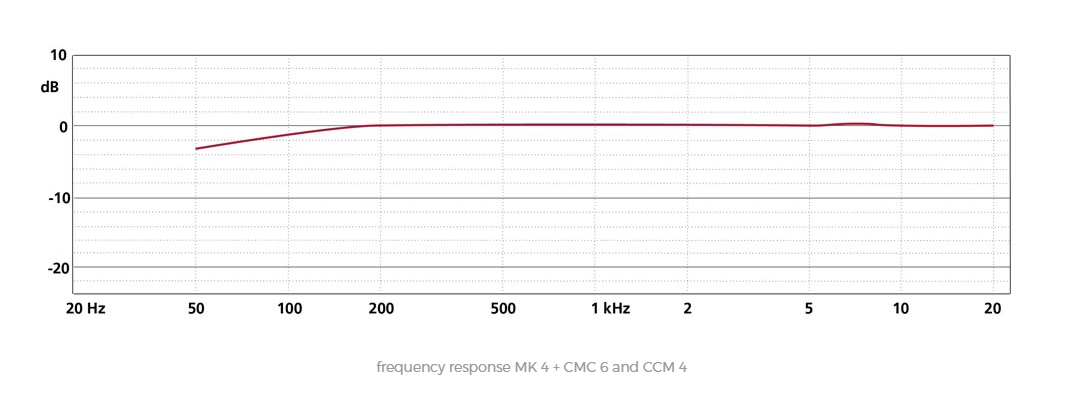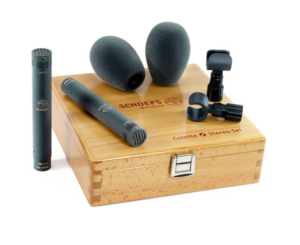SCHOEPS MK4
Cardioid Colette series capsule
MK4G
£618.00 Price excludes VAT
Product lists can be submitted to HHB for a packaged quotation
Colette series cardioid microphone capsule. Requires CMC 6 or other compatible powering module.
The MK 4 has been a reference microphone for a whole range of recording situations for years.
The sound source is reproduced very naturally due to its transparent sound character and its excellent backward damping. This has earned the MK 4 the reputation of being a universal “problem solver” even in difficult recording situations.
The constant frequency response and a directivity that remains the same for all frequencies are the basis of the sound quality of the MK 4. Even in the diffuse sound field, the frequency response is uniform, with a slight increase at 10kHz, which compensates for loss of height in the room.
The sound image is therefore transparent for both direct and lateral interference and for diffuse sound in the room (reverberation).
The MK 4 is a classic small diaphragm microphone with all the typical advantages of this type of microphone. The frequency response and the polar diagram, which is constant from low to high frequencies, are exemplary.
Like all SCHOEPS capsules, the MK4 also achieves its flat frequency response solely through its mechanical architecture and completely without electrical filtering.
As a pressure gradient receiver, the MK 4 has a single membrane that is exposed to sound from the front and back. The side sound inlets must therefore never be covered.
The range of a classic cardioid like the MK 4 is around 1.7 times greater than that of a bullet. In this way, a direct sound is achieved even at greater distances from the sound source. The advantages of the MK 4 are particularly evident when mixing several microphone signals, as it transmits lateral sound attenuated and uncoloured.
The attenuation of the MK 4 is 6 dB at 90 ° incidence, and 20 to 30 dB from 180 °. Diffuse sound is reproduced 4.8 dB weaker than sound coming from the front.
- Cardioid characteristic
- Schoeps most popular capsule
- Great frequency independence of the directivity
- Universally applicable, preferred use as a support microphone in orchestras, for acoustic instruments and in conference areas
- Often used in the main microphone pair for XY, ORTF and MS stereo recordings








